The coronavirus pandemic has ushered in a new wave of home cooks, who are whipping up everything from handmade pasta to DIY pizza dough. According to Google Trends, interest in banana bread and brownies, “Dalgona coffee” and lasagna, and more is on the rise, as people search for new recipes to try right now.
You already know bread-baking has become a lockdown phenomenon, but did you know that King Arthur Flour experienced a 2,000% rise in flour sales in March? According to The Washington Post, the company also received 22,000 messages from social media users so far this year, a significant increase when compared to the 10,000 total they received in 2019.
Market research suggests that even after the crisis ends, 32% of Americans plan to make more home-cooked meals; of the 33% who have been baking more than usual during this period, 20% plan to continue into the future.
Right now, it seems everyone is cooking or baking—and sharing pics of their creations. Lifestyle brands, cooking blogs, and advertisers are no exception, and authentic, at-home food photos are especially appealing to a commercial audience.
Being stuck at home might seem like a limitation, but it’s also an opportunity to create marketable photos on a budget, right from your kitchen. Here’s how to turn a simple daily activity—like cooking dinner—into a commercial photoshoot.
Highlight the ingredients
A recent survey by Berstein suggests that during this pandemic—and after it’s over—consumers plan to eat more fresh and plant-based foods, with 38% craving “real food with simple ingredients.” 60% of respondents report cooking more from scratch.
Over the last few years, consumers have increasingly pushed for access to information about what’s in the food we eat, whether it’s in the form of GMO labels or details about sustainable farming practices.
For commercial photographers, illustrating this shift could mean incorporating simple, healthy ingredients into trendy top-down pictures of deconstructed meals. Source fresh produce from local stores, and show us how your favorite recipes are made. If you have access to unusual ingredients, use them!
Add a pop of color
Speaking of plant-based food and farm-fresh ingredients, Getty Images named veganism as one of their top visual trends for last year, so take advantage of colorful fruits, vegetables, and garnishes. Natural colors can also help convey larger concepts like health and wellness, both intricately connected with how we view and understand food.
With home gardening also on the rise (another lockdown hobby), there are more opportunities than ever to access vivid, saturated ingredients for your food photos. Consider keeping greens in a damp napkin and sticking them in the fridge to help preserve those colors. Use a little bit of olive oil to add some shine.
Start with natural light
You can always add in additional light sources later, but start by scouting your house for beautiful window light (if you have a sliding door, that’s another great option). Depending on the look you want, you can make the light soft by using curtains as diffusers or bring in a reflector to bounce light back onto the food. You can get warm colors by shooting at the golden hour or wait for bluer light at twilight. Think of your home as a studio (minus the budget), and experiment with every room and time of day.
Collaborate with roommates
The people behind the food are often just as important as the meals themselves, so ask your roommates or family members to sign a model release, and include them in your photos.
“Photos with models often sell more than those without, so including people can give your photos an edge,” the 500px Content Team tells us. “Capturing authentic ‘micro-moments’ can be great if you have someone to model for you. Even solo, a hand reaching into frame to stir a pot or open an oven can bring a lot of life to a photo.”
These “micro-moments” can be as simple as squeezing lemons or passing a plate around the table. Remember to cook something you love, whether it’s an old family recipe or a traditional dish from home. Your connection with the food will add a touch of familiarity and warmth to your images.
Get messy
As the public looks for more transparency and sustainability in the brands they support, “imperfection” is in vogue; last year “ugly-produce boxes” from companies like Hungry Harvest, Misfits Market, and Imperfect Produce made a splash by buying up farmers’ excess product and shipping them to customers. Today’s consumers are tired of artificial perfection, and marketers are taking note.
We touched on this idea earlier this year in our 10 tips for better commercial food photography article, but, in general, food photography (and stock photography in particular) is moving away from the staged, pristine look and towards a more candid, real-life aesthetic. Sterile white backgrounds have been replaced with warm and rustic ones.
Food styling these days feels more natural, so lean into that. Check out leading magazines and blogs like Food & Wine or Minimalist Baker, and you’ll see just what we mean, from overflowing avocado toast to gooey cupcakes one bite already gone. You might still want to bring out the tweezers and cotton swabs for styling, but if it’s not picture-perfect, that’s alright.
Make it personal
Due in part to the surge in YouTube cooking channels, the idea of “showing the process” behind the food is trending in commercial photography. More people are taking up cooking during lockdown because it’s a fun, budget-friendly way to pass the time, but it’s also soothing.
As of this writing, #stressbaking, #quarantinebaking, and #bakingtherapy have racked up tens of thousands of posts on social media, and experts say the trend could be due to the calming and meditative effects of working in the kitchen. Photos of people preparing ingredients, kneading dough, and plating their creations give us a window into that process.
Viral videos by Tasty are a great example of this method in action; they reveal how food is made, and they’re also pleasant to watch (the food writer Dayna Evans once called them “calming one-minute meditations”). To channel this effect, cook or bake with your hands and include them in your photos.
Focus locally
A local focus goes hand-in-hand with a personal touch, so convey a sense of atmosphere and location in your photos. Food tells us so much about the places where we live and travel, their cultures and flavors, so remember to include elements that are unique to you. Maybe it’s your ability to source gorgeous ingredients from a local market, or perhaps it’s your grandmother’s vintage silverware. Highlight signature details that reveal the setting and the context.
Keep your camera out
One of the easiest mistakes to make on a food shoot is focusing only on the final, plated product and not everything else that happens in the periphery: the selection of ingredients, the boiling of pots, the waiting at the oven, the first bite, and the conversation shared over dinner. These are all part of conveying a larger narrative, and it’s often those moments that brands look for when searching for photos.
Before your shoot, write down all the scenes and situations you want to photograph over the course of dinner, and refer back to that shot list frequently. If you see something that isn’t on your list, photograph it anyway. Don’t be afraid to improvise and experiment with new angles. Take a bite, and then take more photos. The more shots you get, and the more diverse and varied they are, the stronger your Licensing portfolio will be.
Look towards the future
As part of a special edition of their annual report The Future 100, the global agency Wunderman Thompson identified “future-proof ingredients” as one of their top trends for this year.
Lockdown measures have forced us to prioritize long-lasting foods; in the United States, for example, sales for dried beans rose by 231% in March, when compared to last year, and 86% of customers are stocking up on frozen foods. Over in the United Kingdom, sales of canned pasta and pot noodle snacks increased by 226% and 150%, respectively.
With more people staying in and cooking at home, these pantry staples will continue to crop up in recipes, and that’s something to keep in mind. Follow food blogs and magazines, and incorporate some of the industry’s biggest movements—from veganism to sustainable packaging—into your photography.
Not on 500px yet? Sign up here to explore more impactful photography.

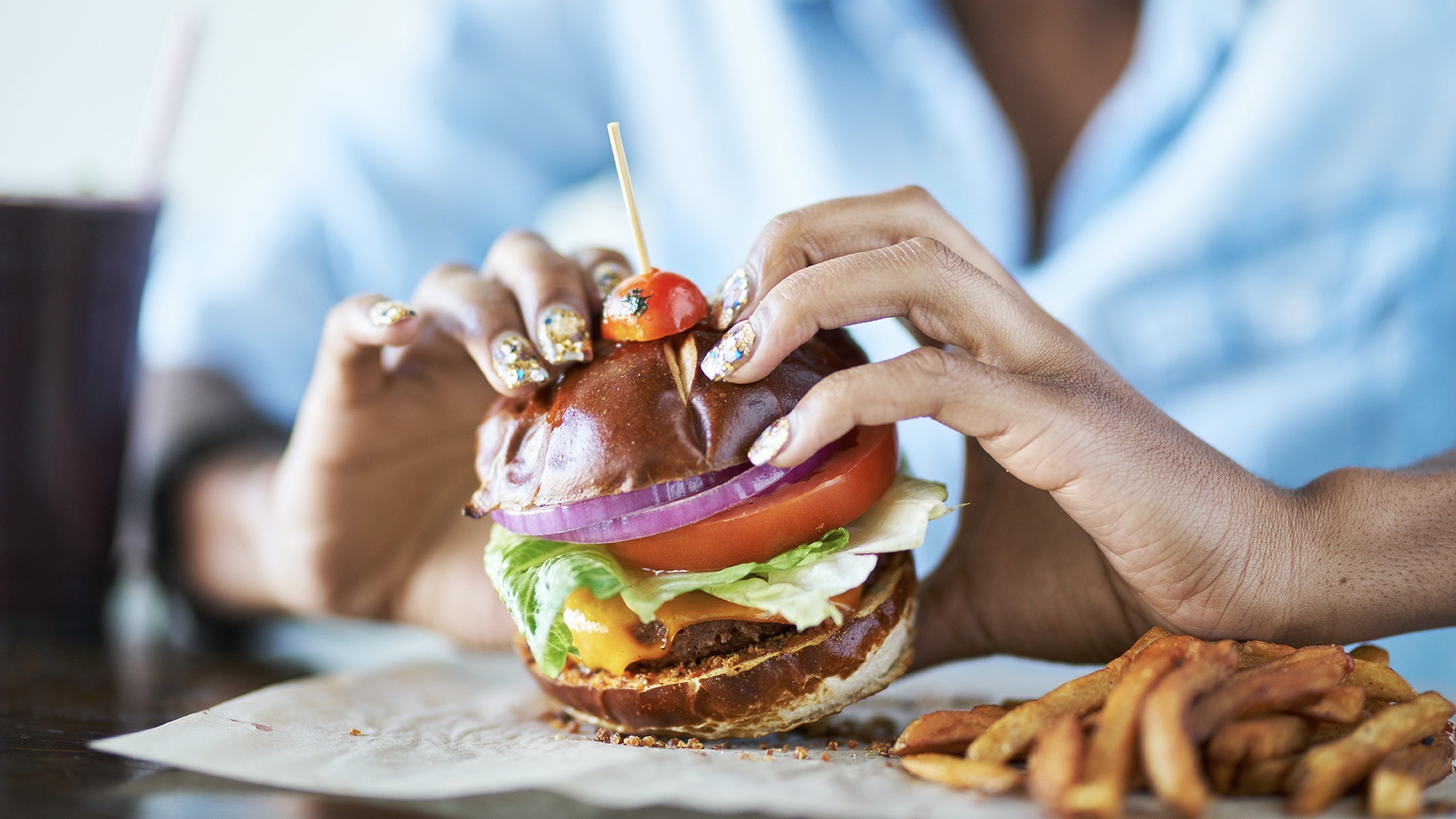

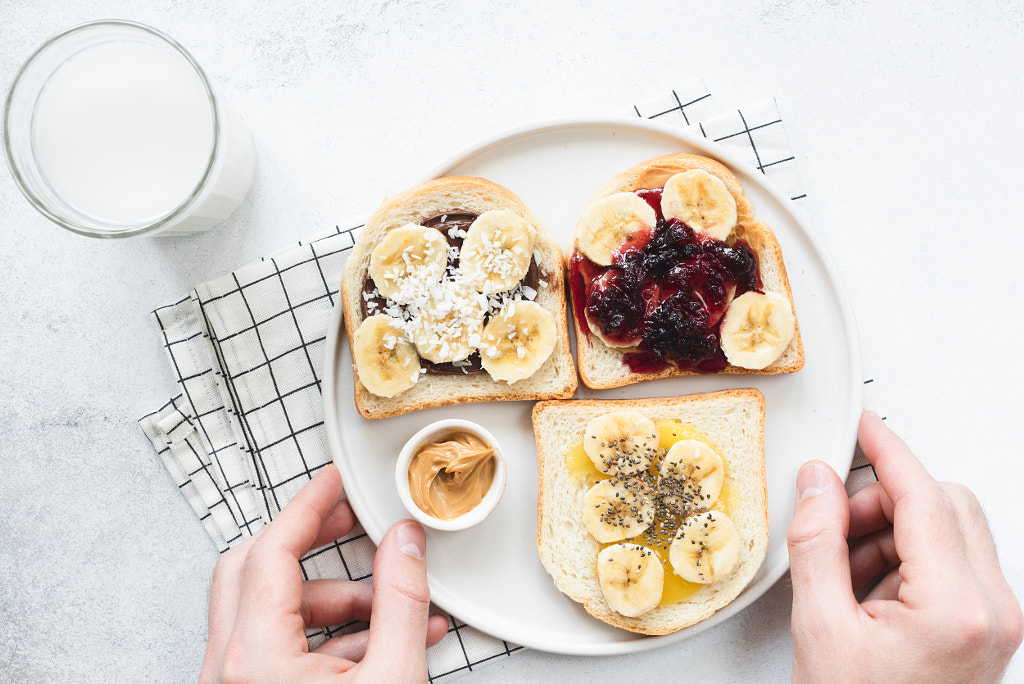
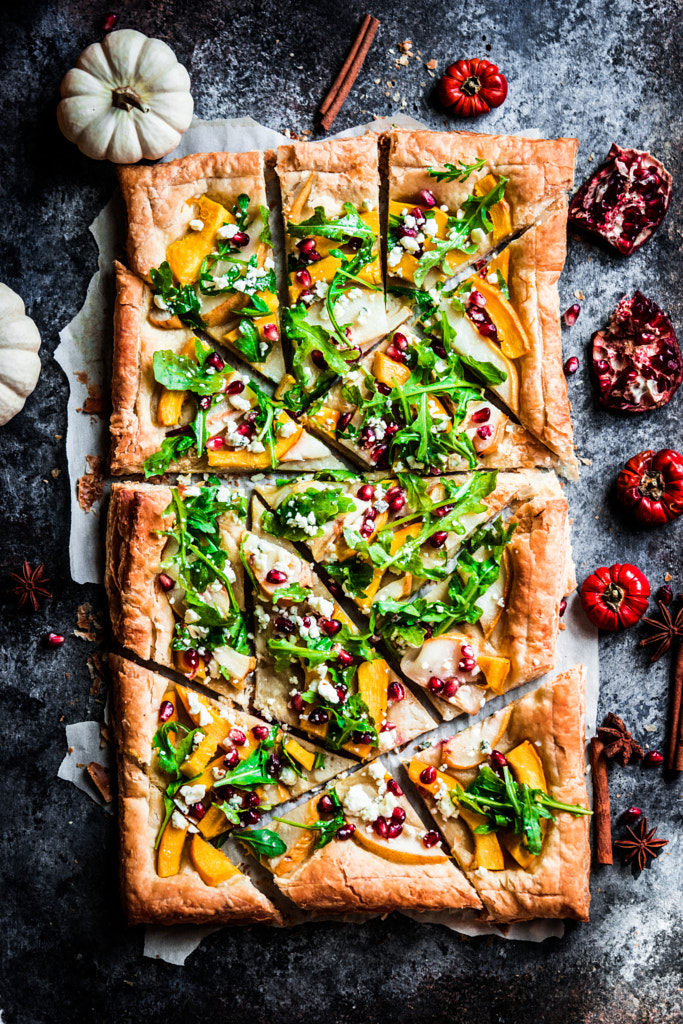
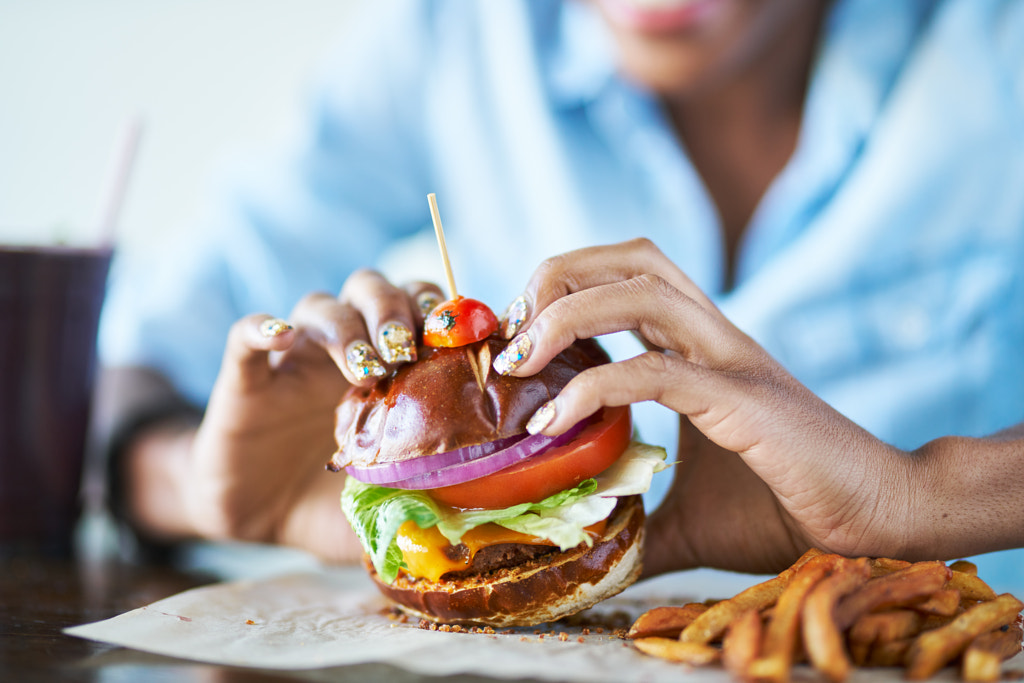
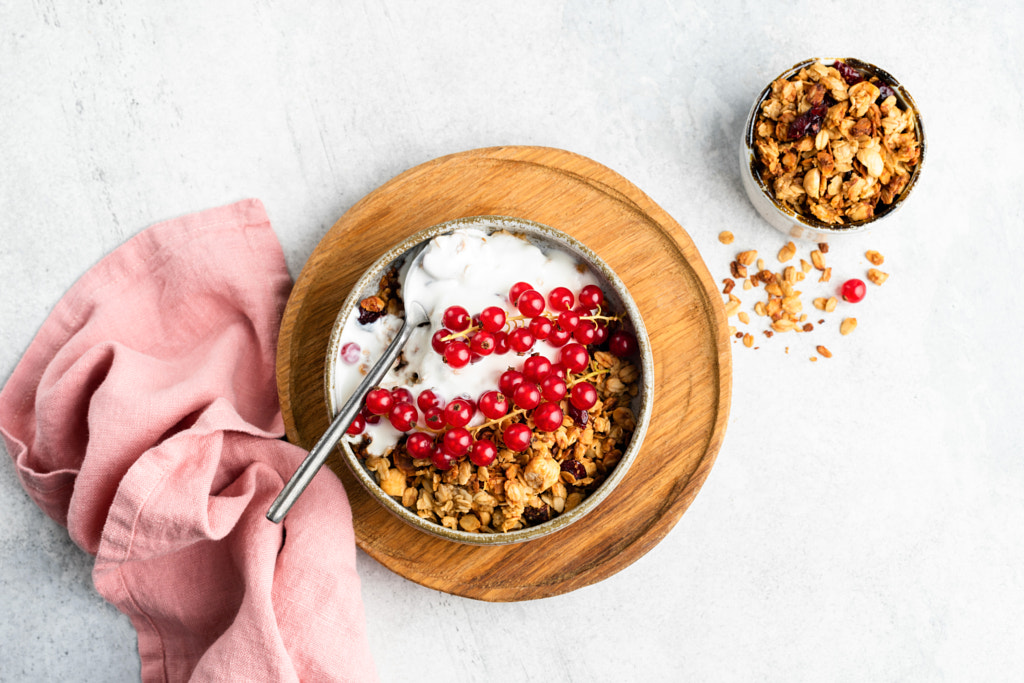
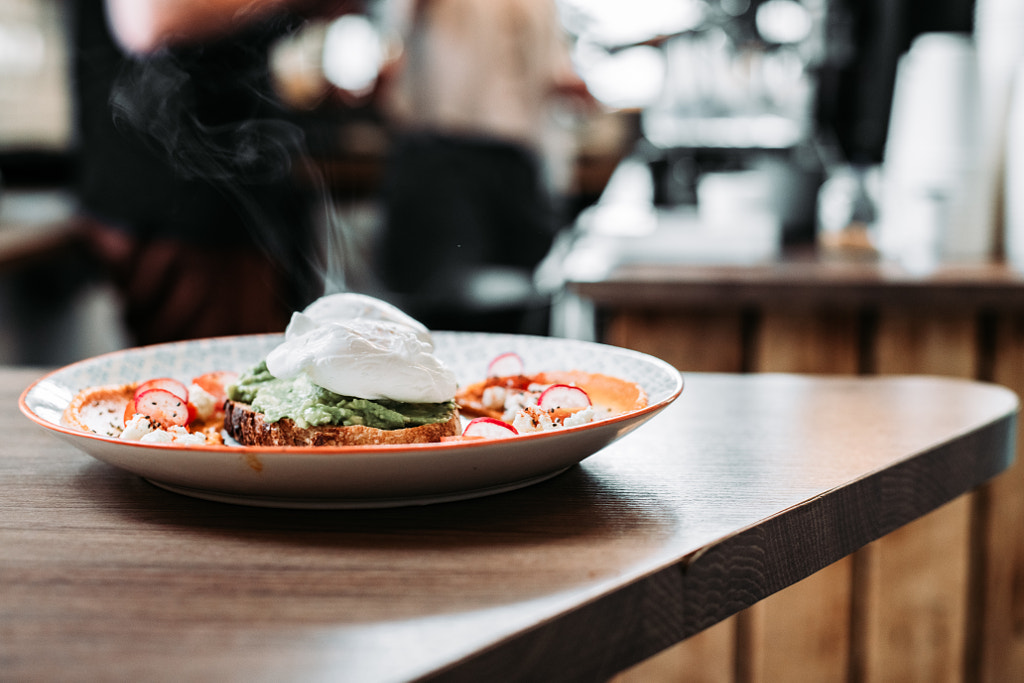
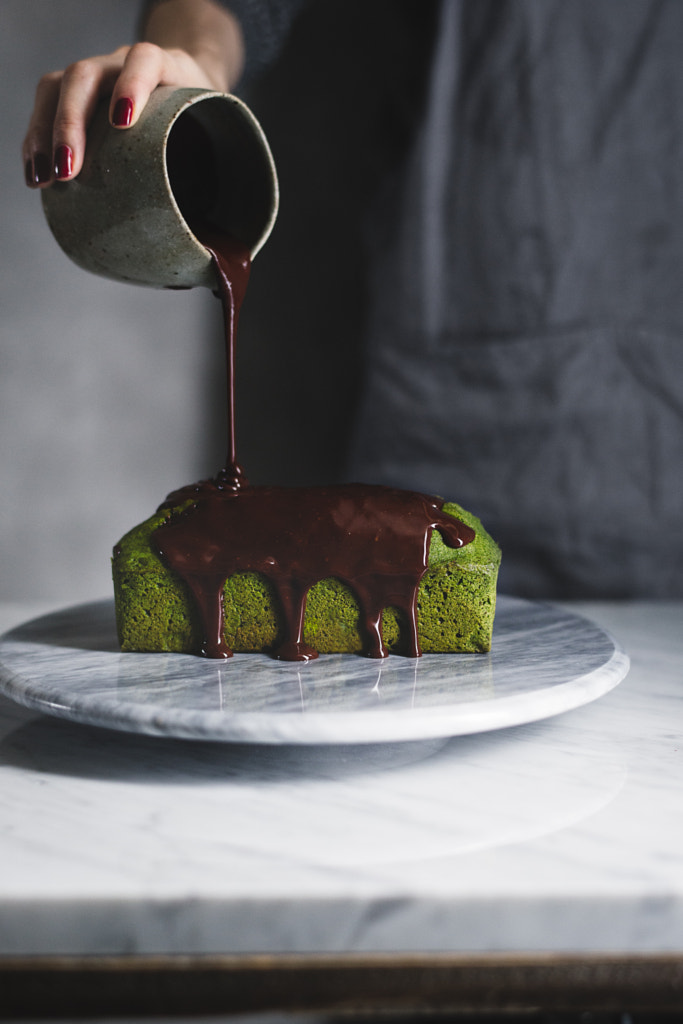
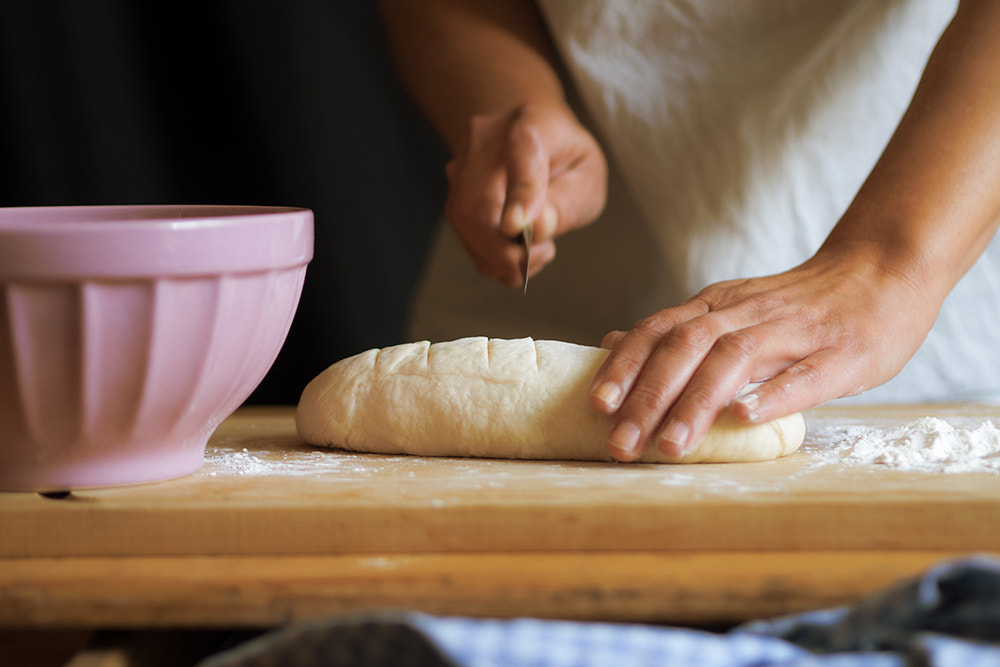
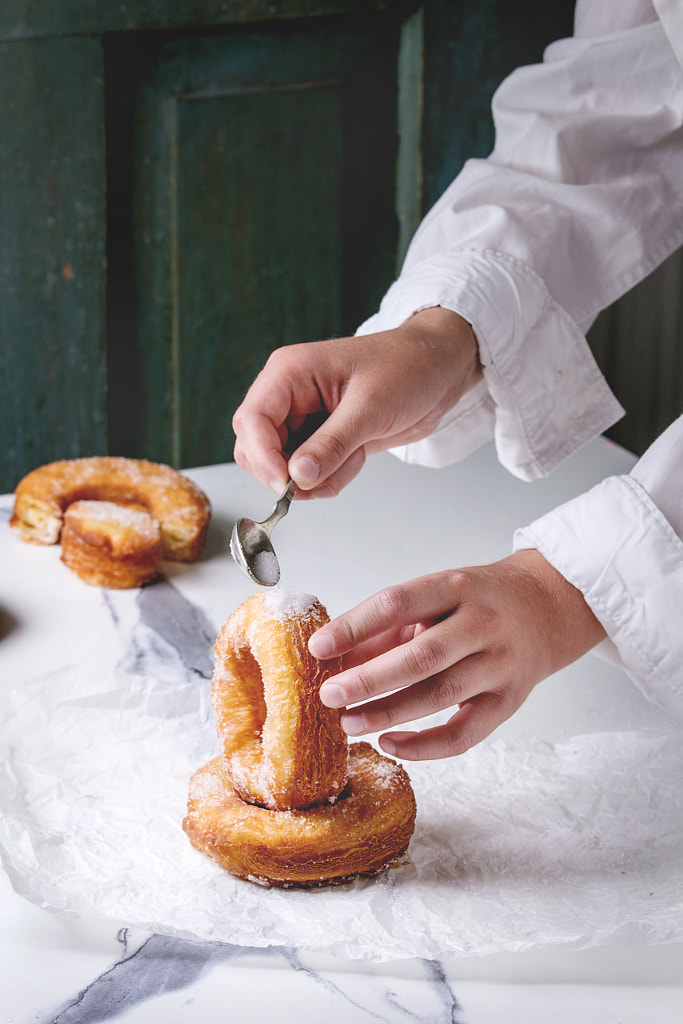

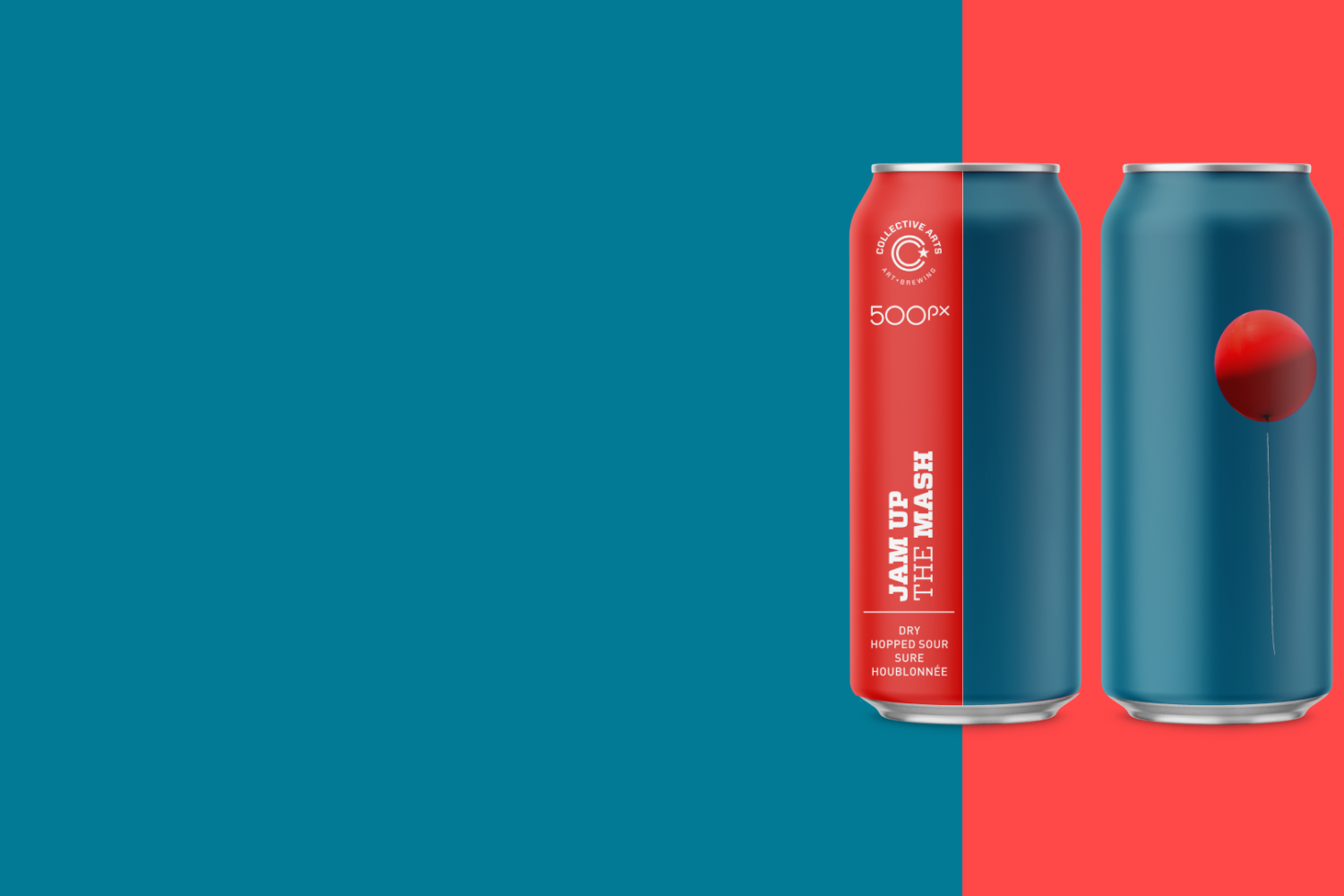
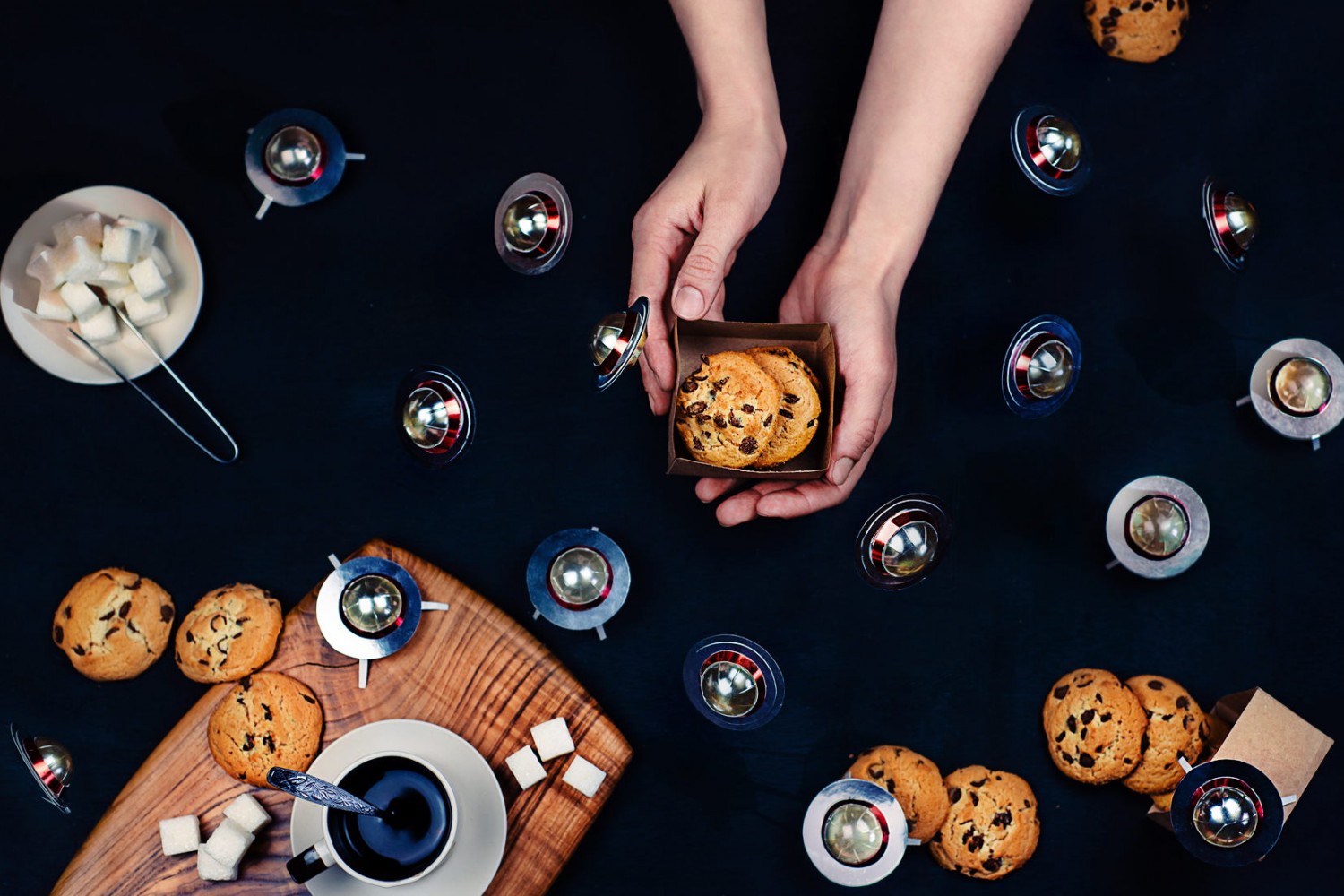


Leave a reply